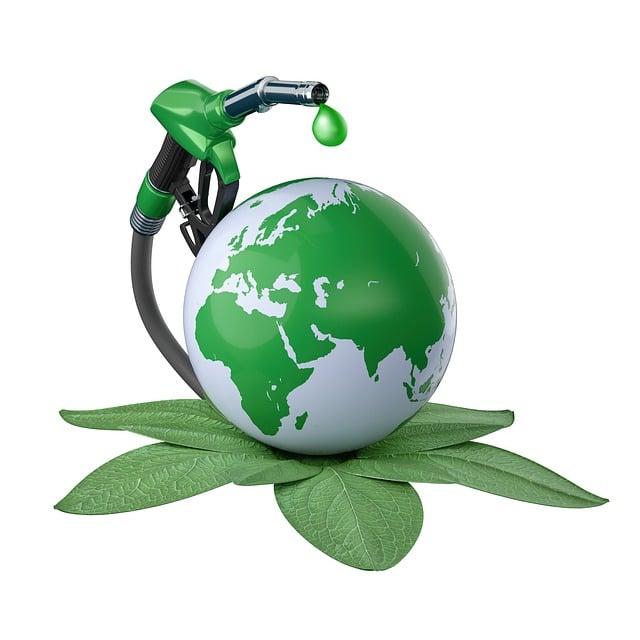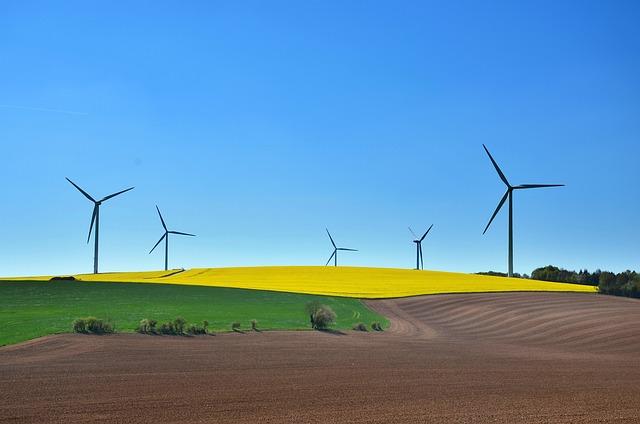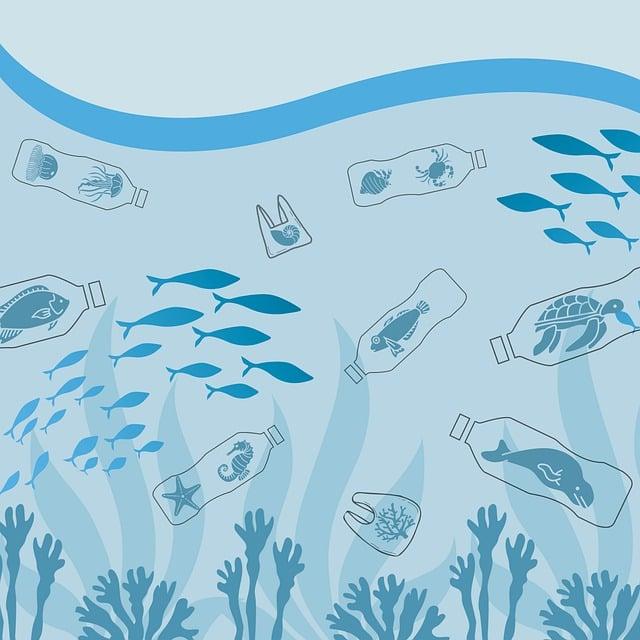- Introduction to Zero Waste Living
- What is Zero Waste Living?
- The Importance of Zero Waste Living
- Tips to Start Living Zero Waste
- Common Misconceptions About Zero Waste
- Conclusion
- FAQs
- References
Introduction to Zero Waste Living
Zero Waste living is a lifestyle change that focuses on reducing waste, reusing materials, and recycling, thus significantly lowering an individual's or household's environmental impact. In this article, we will explore what Zero Waste living is all about, the benefits it holds for the environment, and practical tips to start this journey. We’ll also debunk some common misconceptions associated with the movement and provide guidance for effectively integrating this into your daily routine.
By the end of this article, you’ll have a deeper understanding of why this lifestyle can impact not just the planet but also your health and finances positively. Let’s dive into it!
What is Zero Waste Living?
Zero Waste living, as the name suggests, is an approach where individuals or communities aim to eliminate or minimize waste. In fact, the goal is to send nothing to landfills by adopting a more sustainable approach to how products are consumed, reused, and recycled. Many view it as a “circular economy” strategy because it involves creating no new waste—just repurposing existing resources.

(Image: Pixabay/@AbsolutVision)
This movement started gaining traction in the early 2000s as the world faced urgent warnings about the growing impact of pollution and resource depletion. Prominent voices, such as Bea Johnson (author of *Zero Waste Home*), have helped bring global awareness to this concept. Over time, Zero Waste has evolved into something attainable for both individuals and entire cities around the world.
The essential principles commonly referenced include the "5 R's": Refuse, Reduce, Reuse, Recycle, and Rot (compost). Adopting these practices helps people minimize their footprint, reduce pollution, and reuse valuable materials that would otherwise go to waste.
The Importance of Zero Waste Living
Why should anyone consider Zero Waste living? The answer lies primarily in the state of our environment. Human-generated waste, especially plastic, has contributed immensely to environmental degradation. In fact, some studies suggest that if waste production continues at the current rate, there will be more plastic in the ocean than fish by 2050.

(Image: Pixabay/@stevepb)
Additionally, Zero Waste promotes sustainable resource use. For instance, by supporting the reuse economy, we can reduce reliance on the energy-intensive extraction and manufacturing processes associated with new products. These efforts place less strain on natural resources like precious metals, forests, and fossil fuels.
Another vital aspect is its impact on climate change. The process of discarding materials into landfills produces methane – a powerful greenhouse gas. By reducing waste and diverting it away from landfills, we help combat climate change. In short, Zero Waste living isn't just about throwing out less; it's fundamentally about redesigning the systems that create waste to begin with.
Tips to Start Living Zero Waste
Making the leap to Zero Waste living may feel overwhelming, but even simple steps can have a significant impact over time. Here are some beginner-friendly strategies to give Zero Waste a try:

(Image: Pixabay/@ybernardi)
1. Say No to Single-Use Plastics: One of the easiest changes is ditching single-use plastic items. Start by refusing straws, plastic bags, water bottles, and cutlery. Instead, opt for reusable alternatives made from stainless steel, glass, or bamboo.
2. Shop Second-Hand: Before buying anything new, see if you can purchase second-hand. Thrift stores, online marketplaces, and local exchanges are great sources. This keeps older items in circulation and reduces demand for new resources to be extracted.
3. Compost Your Food Waste: Organic materials, when left to decay in landfills, create harmful emissions. Divert food scraps and garden waste to compost bins. If you don’t have outdoor space, try vermiculture (worm composting) for minimal indoor mess.
4. DIY Household Products: Instead of purchasing chemical-laden cleaning products, consider making your own using vinegar, baking soda, and essential oils. They're much safer, cheaper, and effective for everyday cleaning tasks.
Common Misconceptions About Zero Waste
There are several myths surrounding Zero Waste living. These misconceptions can scare people from attempting it, but most are unfounded. Let's clarify some common ones:

(Image: Pixabay/@monicore)
1. It’s Expensive: Many believe that going Zero Waste involves costly swaps for fancy products. While certain investments (like reusable containers) may require an initial spend, the long-term savings are significant. By consuming less, you save more, particularly when you buy second-hand or borrow instead of purchase.
2. You Have to Be Perfect: No one expects you to produce zero trash overnight. Every step toward less waste counts. The focus should be on progress and not perfection. Small actions can add up to big results over time.
3. It’s Only for Environmentalists: Zero Waste resonates with many diverse lifestyles, from minimalists to those looking to save money. You don’t have to be an eco-warrior to practice Zero Waste – even small shifts can make a difference if adopted broadly.
Conclusion
Zero Waste living is not merely a trend – it’s a response to the pressing environmental challenges facing our planet today. It emphasizes mindfulness, responsibility, and sustainability. By committing to reducing waste, we contribute positively to reducing carbon footprints, conserving dwindling resources, and fostering a healthier world for future generations.
Starting a Zero Waste lifestyle doesn’t need to be complicated. In fact, you can begin with small adjustments, like eliminating single-use plastic or choosing reusable goods. Over time, these efforts will become second nature, allowing for a gradual transition toward a more waste-conscious mindset and making a meaningful difference along the way.
FAQs
How do I start living Zero Waste?
Begin by identifying areas where you generate the most waste. Swap out disposable items for reusable alternatives and get familiar with recycling practices in your area. Slowly incorporate changes like buying second-hand, composting, and choosing sustainable materials.
Is Zero Waste truly achievable?
While achieving absolute Zero Waste may be difficult in industrialized societies, the core objective is about minimizing waste as much as possible. Progress matters more than perfection. Acting on small, consistent habits can help reduce environmental impact over time.
Does Zero Waste living cost a lot of money?
No, in fact, it can help save money in the long run. Initially, there may be some upfront costs like buying reusable items, but since you will be buying fewer disposable products, the overall savings will add up over time.
What is the difference between recycling and Zero Waste?
Recycling is part of the Zero Waste philosophy, but Zero Waste goes beyond just recycling. It encourages reducing consumption to lessen the need for recycling in the first place and finding ways to reuse and keep items in circulation before recycling becomes necessary.

